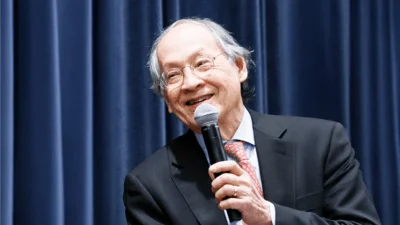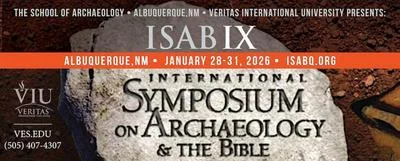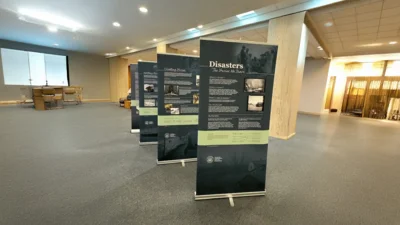Sandia National Laboratories announced the completion of a two-year computational modeling effort for closed-loop geothermal systems, led by a team of experts from various national laboratories. In this initiative, Sandia played a crucial role in the computational modeling of the belowground system, while the National Renewable Energy Laboratory utilized the numerical results to assess the economic viability of the system within their aboveground power plant and economic model.
Pacific Northwest National Laboratory, which led the project, integrated Sandia and NREL models into a web tool for evaluating closed-loop geothermal system designs by start-ups and venture capitalists. Idaho National Laboratory shared prototype variables, studying enhancements for economic feasibility, with collaborative results published in Geothermics and supported by the Department of Energy Geothermal Technologies Office according to a press release by Sandia National Laboratories.
"The subsurface, the rock, becomes hotter the deeper you go, so it is beneficial to go deep," said Mario Martinez, a mechanical engineer and principal investigator for the project according to a press release by Sandia National Laboratories. "That hot water can be used for district heating, so you can use it to heat houses and buildings or generate electricity."
The Sandia team investigated U-tube and tube-in-a-tube configurations for closed-loop geothermal systems at depths from 0.6 to slightly over 3 miles and horizontal distances from 0.6 to almost 12.5 miles. Their study considered factors like circulating water or supercritical carbon dioxide fluid temperature pumping speed rock heating rates heat transfer efficiency pipe diameter using Sierra and Dakota software according to a press release by Sandia National Laboratories.
"We varied seven parameters and computed corresponding outlet temperatures and pressures," said Yaro Vasyliv, a Sandia computer scientist who develops Sierra codes was involved in this project according to a press release by Sandia National Laboratories. "You can feed that into an aboveground model that computes levelized cost of heat levelized cost of electricity, which is what NREL worked on."









